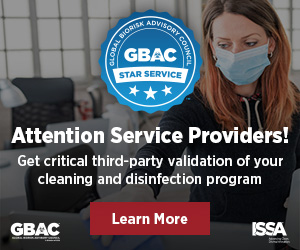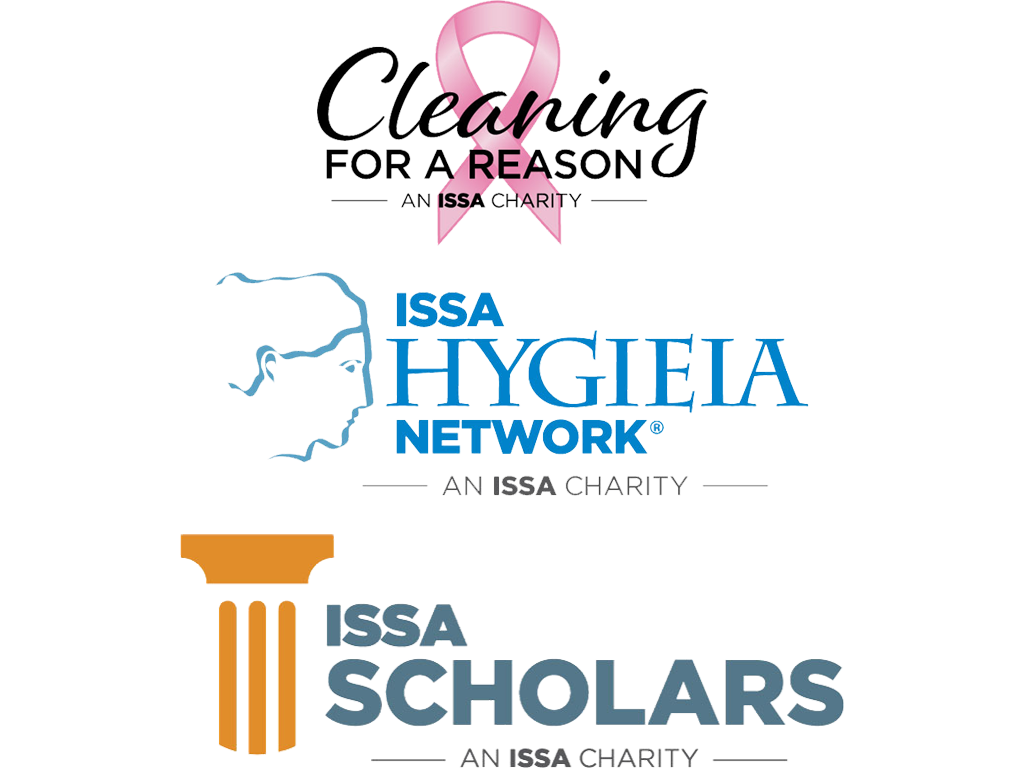Slips, Trips & Falls in the Workplace
Accessible by: anyone
Slips, trips, and falls on the same level exact a substantial toll in terms of death, personal injury and suffering, workers’ compensation, loss in productivity, and civil liability. In fact, the 2017 Liberty Mutual Workplace Safety Index indicates that falls on the same level were the second leading cause of all workplace injuries, accounting for 17.7 percent of direct costs associated with such injuries, or more than US$10.6 billion. And Liberty Mutual cautions that the problem keeps growing with the costs associated with injuries that result from falls on the same level keeps growing, while most other causes of workplace injuries are experiencing a substantial reduction in their rate of growth. Liberty Mutual Workplace Safety Index.
Loss of productivity is often an unfortunate side effect. On average, workers who are injured as a result of a slip and fall accident spend more days away from work (median: 8 days) than those who are injured as a result of other causes (median: 6 days). Most troubling, nearly 30 percent of same-level falls result in more than 21 workdays lost. And the problem certainly goes beyond a loss of productivity. The National Safety Council reports that slips and falls are the leading cause of death in the workplace and the cause of more than 20 percent of all disabling injuries.
When considering workplace falls, most people immediately think of falls from a height, yet, according to the Bureau of Labor Statistics (BLS), the majority of fall-related injuries (65 percent) occur as a result of falls from same-level walking surfaces. And the problem is especially troublesome in specified industries. Of particular interest, the services, wholesale, and retail trade industries together accounted for the greatest proportion of injuries that resulted from same level falls (over 60 percent), while the manufacturing sector alone accounted for 16 percent of injuries that resulted from same-level falls.
What Standards Apply?
OSHA: Walking-Working Surfaces, General Requirements – 29 CFR 1910.22
Provision for the Slip Resistance on Walking/Working Surfaces (ANSI A1264.2-2012)
What Are the Potential Hazards and Possible Controls Associated With Walking/Working Surfaces?
The causes of slip and fall incidents are varied and include:
- Walkways that are wet, oily, or otherwise contaminated
- Floor surfaces that are in disrepair
- Loose or unanchored mats or rugs
- Spills
- Weather hazards (such as ice, rain or snow)
- Lack of employee training
- Inappropriate footwear.
The OSHA Walking-Working Surfaces Standard, General Requirements and the Provision for the Slip Resistance on Walking/Working Surfaces (ANSI A1264.2-2012) both provide a framework for addressing the underlying causes of slips, trips, and falls in the workplace.
The OSHA Walking-Working Surfaces Standard, General Requirements sets forth the following:
- All places of employment, passageways, storerooms, and service rooms shall be kept clean and orderly and in a sanitary condition.
- The floor of every workroom shall be maintained in a clean and, so far as possible, dry condition.
- Every floor, working place, and passageway shall be kept free from protruding nails, splinters, holes, or loose boards.
- Aisles and passageways shall be kept clear and in good repair with no obstruction across or in aisles that could create a hazard.
- Permanent aisles and passageways shall be appropriately marked.
- Where mechanical handling equipment is used, aisles shall be sufficiently wide.
The Provision for the Slip Resistance on Walking/Working Surfaces (ANSI A1264.2-2012) applies to industrial and workplace situations and sets forth common and accepted practices for providing reasonably safe walking surfaces:
- Consideration shall be given to the slip resistance of footwear to maximize traction.
- Mats and runners shall be used in areas where individuals may encounter slippery contaminants or foreign materials on the floor surface.
- A housekeeping program, including appropriate cleaning and maintenance procedures and employee training, shall be implemented to maintain safe walking surfaces.
- Warnings shall be provided where slip/fall hazard has been identified.
Additional Resources
- Slips, Trips and Falls in Restaurants Recommendation Checklist
- Clear a Path to Floor Safety
An effective program will include six elements, ranging from training and signs to footwear. - Slips and Falls Case Study, CNA Insurance, June 2007
- Managing Slips and Falls: A Legal Perspective (ISSA)
- Standards of Care Guidelines for Commercial Floor Maintenance (JohnsonDiversey)
- Canadian Centre for Occupational Safety and Health: Slips, Trips and Falls
- Slips and Trips: The Importance of Floor Cleaning (Health and Safety Executive, United Kingdom)
- Checklist for Recognizing Slip, Trip and Fall Hazards (National Safety Council)
- Preventing Slips, Trips and Falls for Custodians
- Minimizing Slips, Trips and Falls: Checklist (ISSA/ NFSI)



